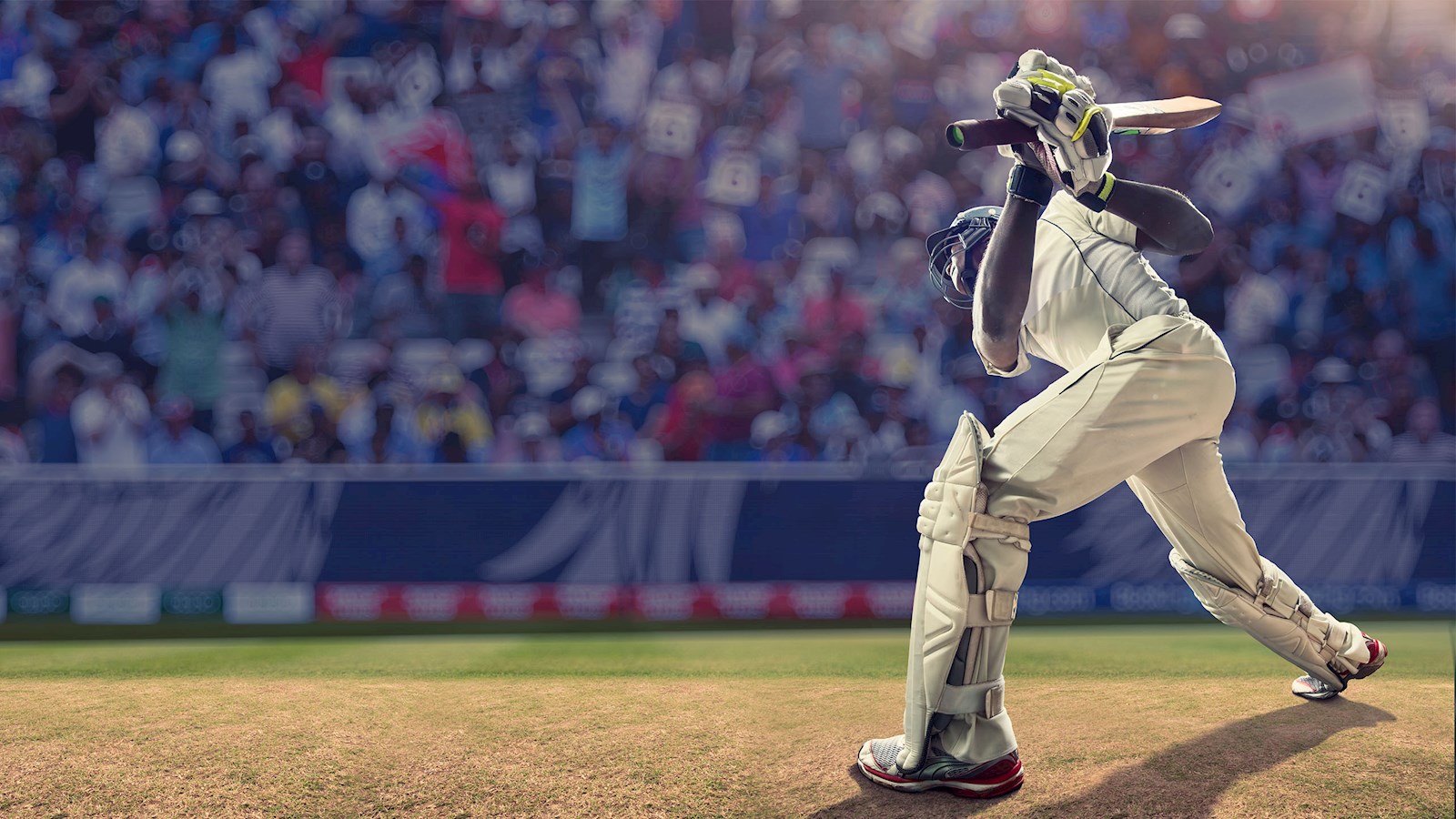
India - A sleeping giant for sports brands and organisations
Leading experts within the WPP Sports Practice look at the specificities of the Indian market, and the steps that sports organisations and brands must take to stand out
In April 2023, India overtook China to become the world’s most populous country, at almost 1.5bn people. Population growth has resulted from economic growth. The country currently ranks as the fifth largest economy in the world, ahead of the likes of France and the UK.
Despite such growth, sporting achievement has remained somewhat underwhelming. In the history of the Olympic Games, for example, India has won only 35 total medals (10 Golds) which puts the country outside the top 50 in the all-time medal table.
Yet to label India as a country with no interest in sports would be wildly inaccurate. The country’s domestic T20 cricket league – the Indian Premier League (IPL) – now ranks as the second wealthiest sports league in the world. It is also estimated that India’s sports business will reach a value of $100bn by 2027.
The country’s role in international sport is similarly expected to grow – with the recent addition of cricket to the Olympic Games programme (an effort supported by WPP agency BCW), and an expected bid by India to host the Games in 2036.
Dolly Tayal, Chief Client Officer at BCW in India and Sports & Entertainment Managing Partner for the APAC Region; and Vinit Karnik, Head of Sports, Esports and Entertainment at GroupM in South Asia – look at three essential approaches for sports brands and rights-holders (in collaboration with WPP sports leaders in India) hoping to connect with this unique market.
1. A localised approach
India is not only a very large market, it is also very diverse – comprising various languages (121 in total, of which 22 are official), religions, demographics and cultural traditions.
As Tayal states: “Looking at India as one country is a bit too simplistic…the country comprises 28 states and eight union territories, broadly divided into four regions: north, south, east and west. Even within these regions there are vast differences.” This is perhaps best embodied by the central role of regional festivals in India, an integral part of India’s cultural and social fabric.
Sports brands and organisations looking to make progress in India need to recognise this diversity and localise their strategy accordingly. The approach taken by BCW in supporting the NBA’s development in the region is testament to this.
With the NBA India Games 2019 taking place in Mumbai, the team focused on local engagement and publicity, producing a light and sound show on the city’s Gateway to India monument, and supporting the construction of a floating court near the city’s Bandra-Worli Sea Link. In fact, 90% of tickets to the games were sold out in just two hours, and NBA Commissioner Adam Silver referred to it as an “incredible experience”, and confirmed that the NBA will soon look to return.
Karnik agrees with Tayal, suggesting that a one-size-fits-all approach simply will not work. “For sports brands and organisations, only cricket cuts across the length and breadth of the country,” he says. “Localising communication efforts – be it language, local festivals or popular regional athletes – is absolutely key.” Sports brands and organisations must tailor their approach to various regions, to ensure that their messaging resonates.
2. Building around Indian stars
As Karnik states, cricket is perhaps the only sport to truly break through across the whole country, even being described as ‘the religion that unites India’. Broadly speaking, the sport’s growth in India can be put down to the prevalence of the sport on easy-to-access television, and the creation of generational stars.
India’s win at the 1983 Men’s Cricket World Cup was a turning point for the sport. As Tayal explains: “India’s win in 1983 coincided with the emergence of colour television in the country, so this had a multiplier effect on the sports-loving public.” Four years later, the country hosted the same competition and, in Tayal’s words: “Cricket has not looked back since.” It is led by stars – such as Sachin Tendulkar, MS Dhoni and Virat Kohli – who have performed on the pitch, but also been widely promoted and marketed off the back of it.
Partnering with cricket and its stars obviously provides something of a short cut for brands looking to make an impact in the country, but the emphasis on stars is noteworthy across sports.
The work conducted by GroupM in supporting Mondelez’s campaign #CheerForAllSports during IPL 2023 is a case in point. Mondelez’s Cadbury Dairy Milk packs featured a unique font with each letter representing a different sport. To drive the message home to a larger consumer base, GroupM used ex-cricketers and World Cup winners – Harbhajan Singh and Yuvraj Singh – as the faces of the campaign.
In explaining GroupM’s approach to such a campaign, Karnik states: “The Indian sports market is unlikely to become homogenised with that of the rest of the world…cricket will continue to dominate. For other sports, we expect individual heroes to garner the limelight. The consistent successes achieved by Indian talent on global stages are likely to fuel the next growth spurt.”
GroupM’s India-focused report ‘Sporting Nation in the Making’ notably refers to “increasing power that celebrity athletes wield when it comes to shaping public opinion in India”. This means that sports organisations and brands looking to get ahead in this region not only need to consider top-down engagement, but also bottom-up, thereby promoting the stars of today while ensuring there is a pathway for those of tomorrow.
3. Digital engagement
Increased digital engagement with sports brands and organisations is a global trend, but it is particularly acute in India. According to a report by IAMAI, it is expected that 900m Indians will be accessing the internet at least once a month by 2025. The relevance for sports brands and organisations is clear. As Tayal explains: “With internet data charges amongst the lowest in the world, and JioCinema – the digital rights holders of Indian cricket properties – charging nothing for content on its platform, sports fans are living a dream in India!”
On social media in particular, the prevalence of cricket in India is clear. According to BCW’s International Sports Federation Social Media Ranking 2023, the International Cricket Council (ICC) leads the way with more than 92m followers across Instagram, Facebook, Twitter, TikTok and YouTube, almost double that of the next highest performing sports organisation, FIFA.
Indian cricket player Virat Kohli, meanwhile, is the most followed Asian person on Instagram and has the 16th most followed account on the platform.
Explaining such a phenomenon, Karnik suggests that the digital importance of the Indian market is “largely to do with affordable data being available to a large audience, Covid-induced incremental usage-forming habits and a young populace.”
According to the International Labour Organization, India has the largest youth population in the world, with around 66% of its population (more than 80m) being below the age of 35. For any sports brand and organisation wanting to make an impact in the country, digital engagement will be essential.
In recent years, sports properties have made important strides in accessing the Indian market. Tayal points out that players from the English Premier League, tennis grand slams and Formula One have millions of followers in India because they are easily accessible on TV and digital mediums.
But there is a dearth of Indian players and athletes in these sports, and there is also a ceiling in terms of how much they can grow. So, using their star power – both present and future – and marketing them in a highly digital yet localised manner will be essential for sports brands and organisations looking to break through such a ceiling.
With the Indian Government recently declaring its ambition to play a greater role in the Olympic movement and win more medals, now is the time for them to take the leap.
published on
20 November 2023
Category
More in Communications

Rebranding cancer: how brands heal and hurt
Along with consumer brands, the ‘brand’ of condition or event influences us.

Mechanisms that Matter – Inside WPP | Ford’s revolutionary marketing model
How a process created on the factory floor over 70 years ago has transformed ops for the auto giant

How to build your brand in-game
A new research report from WPP and SuperAwesome

